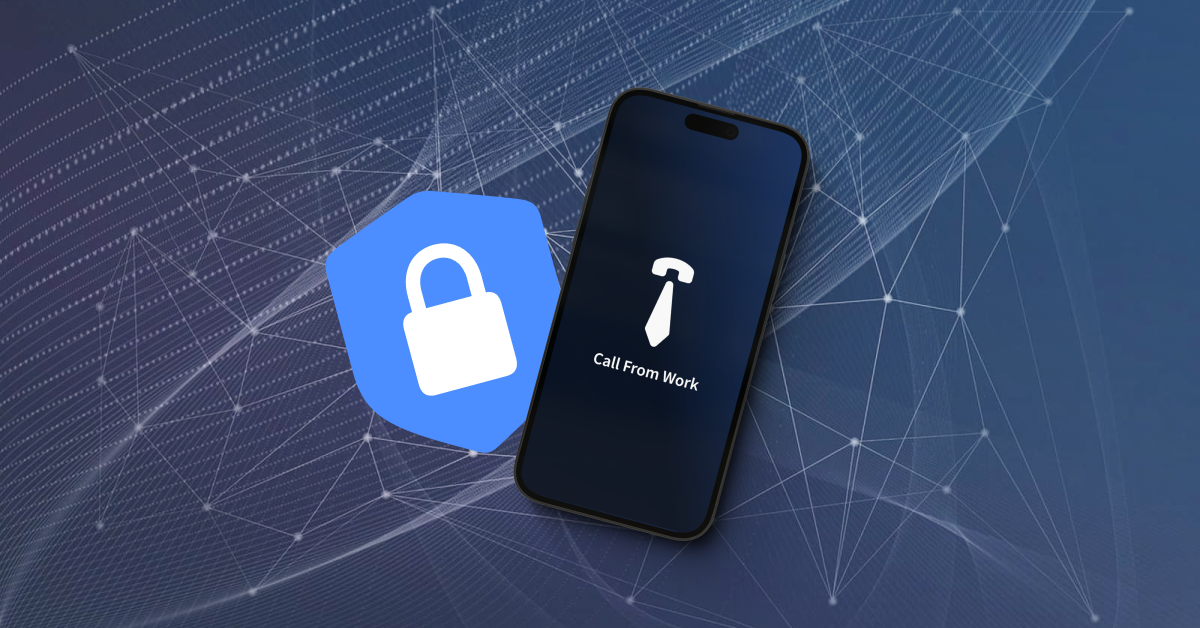How to Request More Work Perks from Your Boss
Work perks can significantly enhance job satisfaction and overall well-being. From flexible schedules and remote work options to professional development opportunities and wellness programs, these additional benefits can make a significant difference in your work-life balance and overall happiness at work. If you’re interested in requesting more work perks from your boss, this blog post will guide you through the process with practical tips and strategies.
Research and Understand Company Policies:
Before approaching your boss, familiarize yourself with your company’s policies regarding work perks. Take the time to review the employee handbook or any available resources that outline the existing benefits. Understanding what is already offered will help you frame your request and identify areas where additional perks may be feasible.
Evaluate Your Contribution:
Highlight your accomplishments and the value you bring to the organization. Assess how your work has positively impacted the company’s goals and objectives. This self-reflection will serve as evidence of your dedication and commitment, making a stronger case for additional perks. Clearly articulate how the requested perks align with your ability to contribute even more effectively.
Identify Relevant Work Perks:
Consider the work perks that would enhance your productivity, job satisfaction, and work-life balance. Some common examples include flexible working hours, remote work options, additional vacation days, professional development opportunities, wellness programs, or even specific equipment or tools that can boost your performance. Choose perks that align with your personal and professional goals while also benefiting the organization.
Prepare a Persuasive Proposal:
Create a well-structured proposal to present to your boss. Clearly articulate the benefits of the requested perks for both yourself and the company. Outline how these perks will contribute to your productivity, motivation, and overall job satisfaction. Provide examples or case studies demonstrating how similar perks have been successfully implemented in other organizations. Present a detailed plan on how you will manage the additional perks without compromising your work responsibilities.
Schedule a Meeting:
Request a meeting with your boss to discuss your proposal. Choose an appropriate time when your boss is likely to be receptive and available. Send a professional and concise email outlining your intention to discuss work perks and the potential benefits they can bring to both parties. Prepare in advance by rehearsing your points and anticipating possible questions or concerns.
Demonstrate the Mutual Benefit:
During the meeting, clearly communicate how the requested perks will create a win-win situation. Emphasize how they can contribute to your personal growth, job satisfaction, and overall well-being, which ultimately leads to increased productivity and loyalty to the organization. Highlight any potential cost savings, improved employee morale, or competitive advantage that can be gained through the implementation of these perks.
Be Open to Negotiation:
Keep in mind that your boss may have limitations or concerns regarding certain perks. Be open to a constructive dialogue and negotiation. Consider alternative options or compromises that can still address your needs while taking into account the company’s constraints. Demonstrating flexibility and a willingness to find mutually beneficial solutions will increase the chances of a positive outcome.
Follow Up and Show Gratitude:
After the meeting, send a follow-up email expressing your appreciation for the opportunity to discuss work perks. If your request is approved, acknowledge the decision and provide gratitude for the support. If the request is denied or needs further consideration, express understanding and request feedback on what could make the proposal more feasible in the future. Maintain a positive and professional attitude throughout the process.
Requesting more work perks from your boss requires careful planning, preparation, and effective communication. By conducting research, evaluating your contribution, identifying relevant perks, and presenting a persuasive proposal, you can increase the likelihood of a positive outcome. Remember to maintain a positive and flexible mindset throughout the process, demonstrating the mutual benefits of the requested.
More Posts You'll Like:













